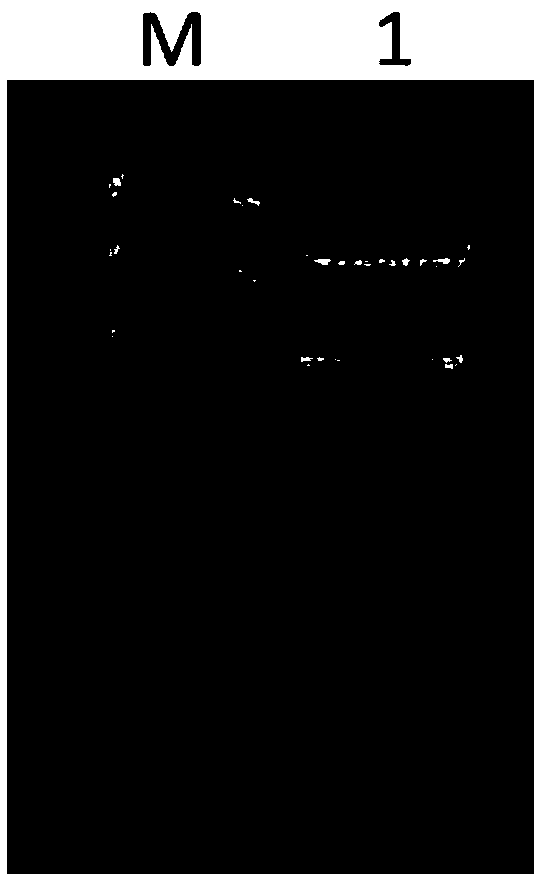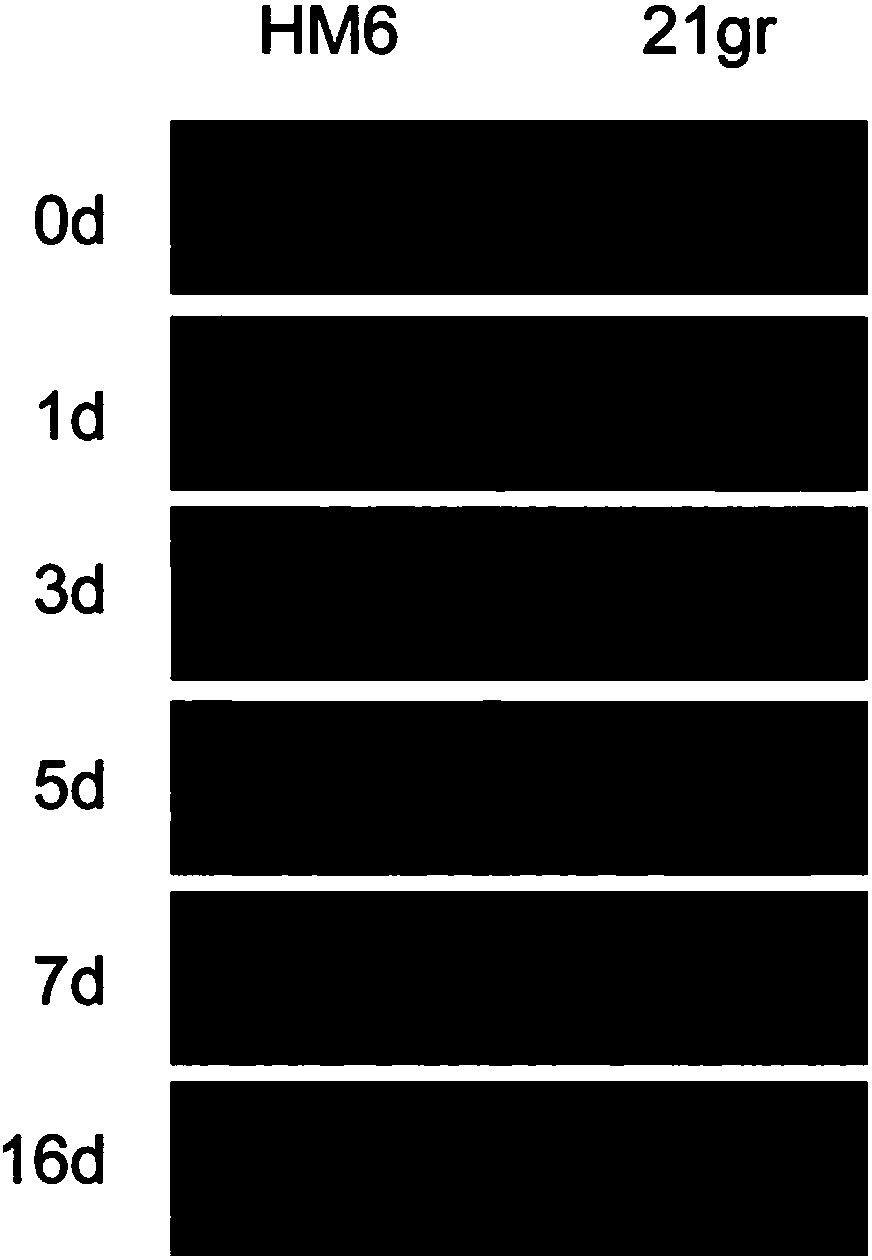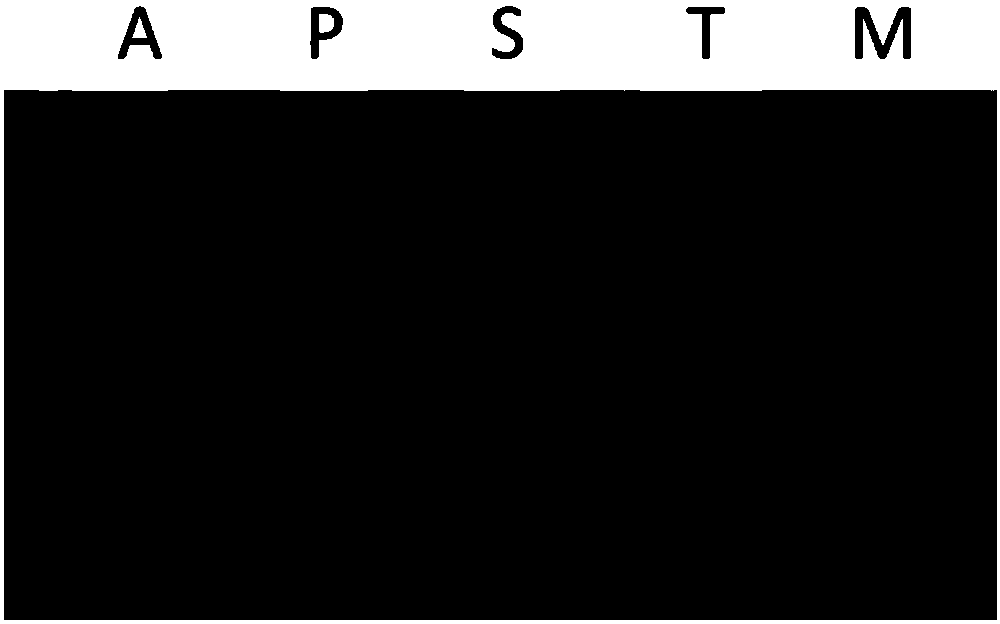Application of chlamydomonas reinhardtii VPS9 gene in regulating and controlling cadmium resistance of chlamydomonas reinhardtii
A rhinestone and tolerance technology, applied in the fields of biology and sewage treatment, can solve the problems of high cost, complicated operation, secondary pollution, etc., and achieve the effect of simple method and mature technical system
- Summary
- Abstract
- Description
- Claims
- Application Information
AI Technical Summary
Problems solved by technology
Method used
Image
Examples
Embodiment 1
[0035] 1. Obtaining Chlamydomonas reinhardtii transformants by electroporation
[0036] (1) Prepare the aphⅧ fragment
[0037] The PJMG-aphⅧ plasmid containing the aphⅧ fragment (Zhangfeng Hu, Yinwen Liang, Wei He, Junmin Pan * , Cilia Disassembly with Two Distinct Phases of Regulation, CellReports, 2015, 10(11): 1803-1810) was digested with EcoRI enzyme at 37°C overnight, and the aphⅧ fragment was separated by 1% agarose gel electrophoresis (2118bp, sequence such as SEQ ID NO :3), the electrophoresis results after enzyme digestion are as follows figure 1 As shown, M is BM5000 DNA Marker, 1 is the EcoRI digest product of PJMG-aphⅧ plasmid, and the band around 2k is the aphⅧ fragment. The aphⅧ fragment was recovered from the gel with Sangon’s Gel Recovery Kit (Cat. No. B518191-0100), and the concentration of the recovered DNA fragment was measured with a Q5000 ultra-micro nucleic acid detector, and stored at -20°C for future use.
[0038] (2) Chlamydomonas cells prepared for...
PUM
| Property | Measurement | Unit |
|---|---|---|
| diameter | aaaaa | aaaaa |
Abstract
Description
Claims
Application Information
 Login to View More
Login to View More - R&D
- Intellectual Property
- Life Sciences
- Materials
- Tech Scout
- Unparalleled Data Quality
- Higher Quality Content
- 60% Fewer Hallucinations
Browse by: Latest US Patents, China's latest patents, Technical Efficacy Thesaurus, Application Domain, Technology Topic, Popular Technical Reports.
© 2025 PatSnap. All rights reserved.Legal|Privacy policy|Modern Slavery Act Transparency Statement|Sitemap|About US| Contact US: help@patsnap.com



